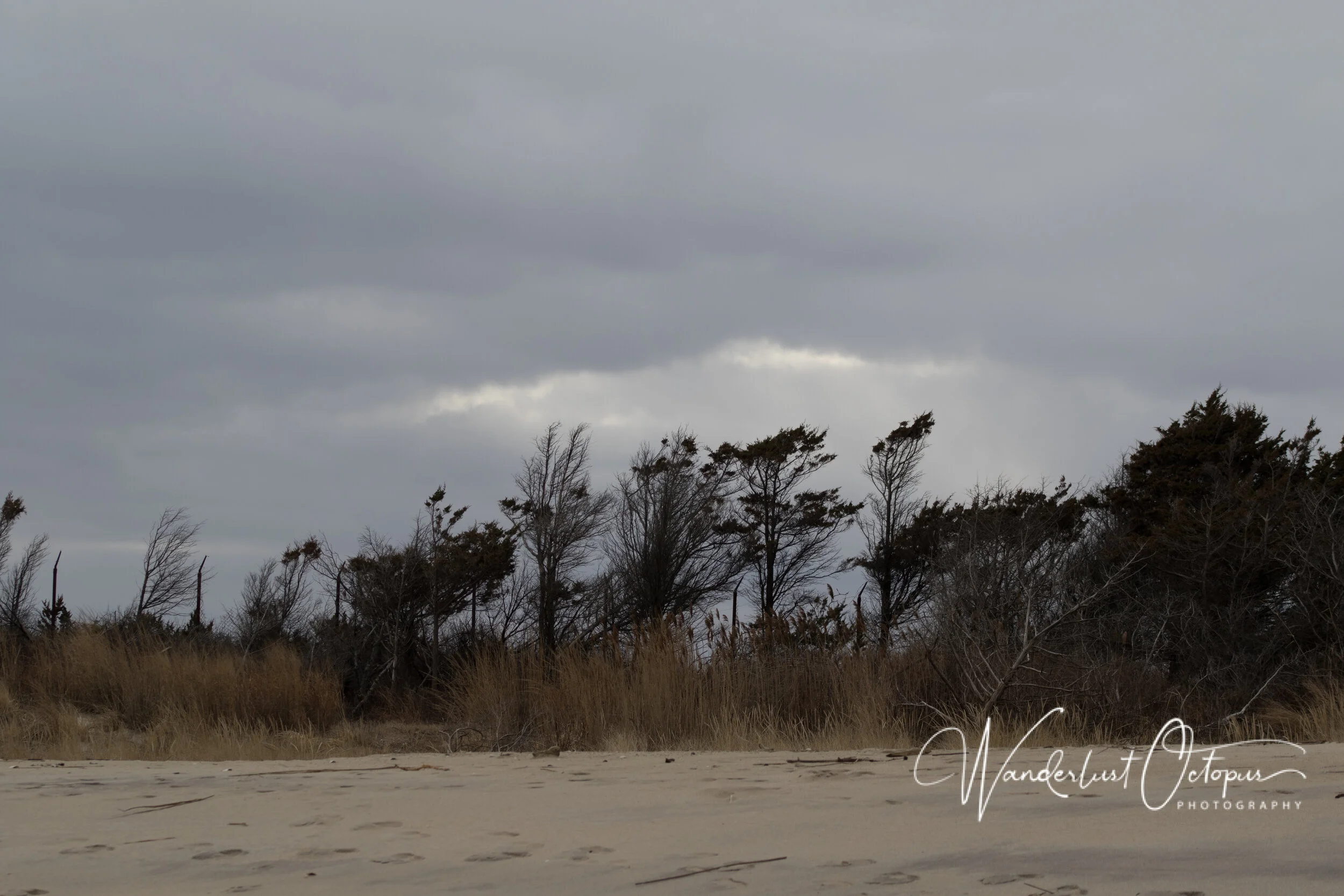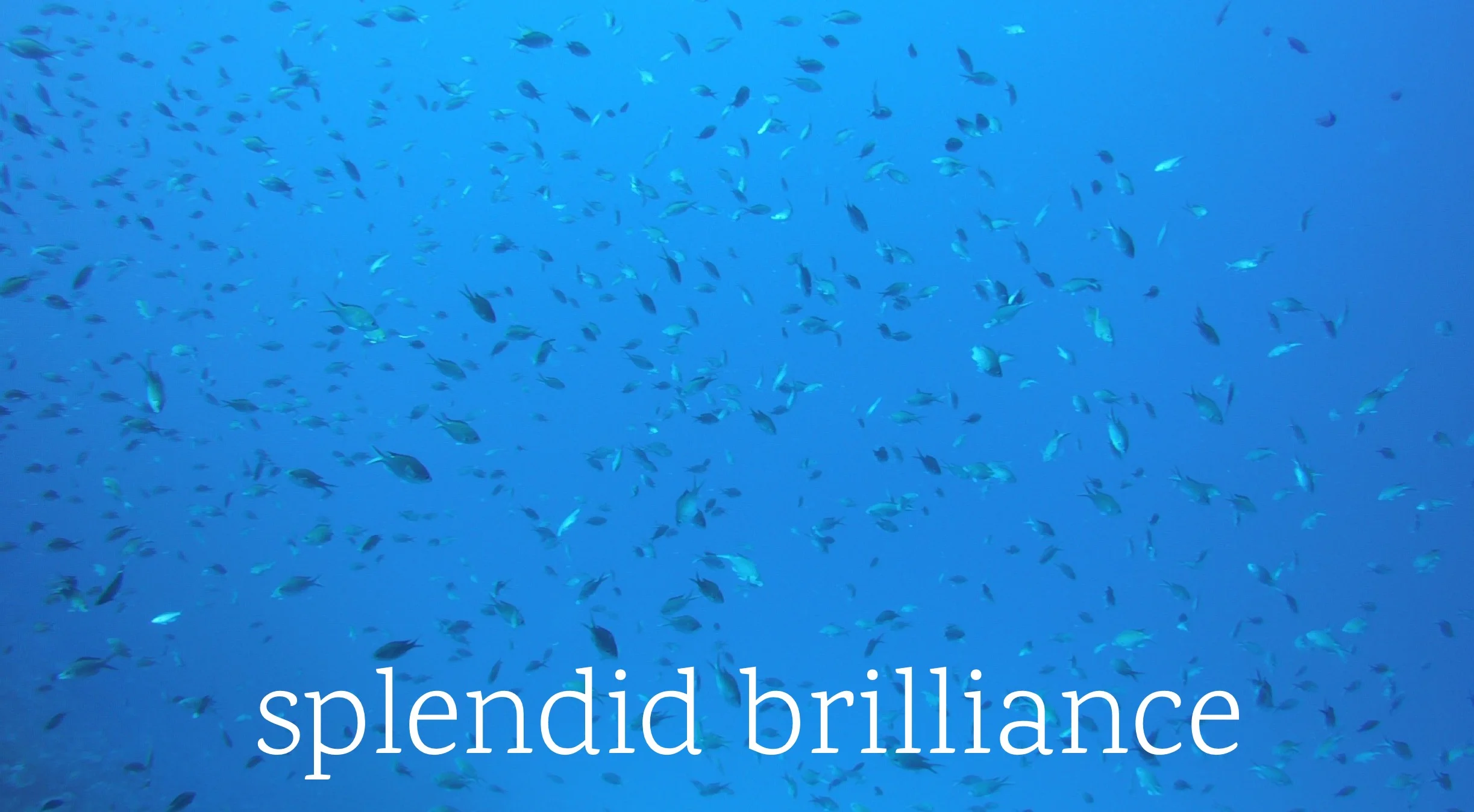Not Quite Leave No Trace...
I started off 2020 with a beach hike at Sandy Hook in New Jersey. I love walking on the beach; it’s my best thinking time: hearing the smash and suck of the waves, watching the birds (I even saw a harbor seal pop her head up in the surf!), and beach combing. I love to play a game where I get as close as I can to the incoming waves and then run backwards, trying not to get wet.
This year, New Year’s Day was wild and blustery. Sandy Hook faces the Atlantic Ocean on one side, looking out towards New York City on the left and the wide, wide ocean ahead. On the other side of Sandy Hook is a bay where waters are usually calmer and more protected. Not Wednesday! Even the calm waters of the bay were whipped into meringue-like frosting, the white caps smashing into shore. Let’s just say it wasn’t my longest hike ever.
I’ve been thinking a lot about the wildfires in Australia, about the destruction of people’s homes, their livelihoods, about the destruction of Australia’s unique ecosystem and all of the amazing creatures who call it home. I think it’s easy to get sad about pictures we see: wildfires burning, animals like koalas and kangaroos injured and burned. To be honest, I feel sad about Australia and I’m not sure what I can do or how I can help.
Because the beach was so blustery, walking along the water wasn’t much fun. Since I wanted some much needed ocean time, I decided to content myself with looking at the shells, stones, seaweed, and other things brought in on the tide. The shells were so glorious, their round shapes and edges telling a story of their time under the water. The stones were polished like gems. I found many fascinating shells and enjoyed their shapes and colors.
But something was missing. Something didn’t look quite right. All I saw were shells and stones and seaweed and sand. I found 1 shark egg case (sometimes called a mermaid’s purse!). I didn’t see any trash. None. No plastic bottles. No washed up flip flops. No plastic snack bags. No junk. I spend a lot of time on beaches and on the water. No junk? That’s pretty unusual. Even in parks and wildlands that are protected, I always see garbage. I hike —and dive— with bags to collect trash so that I can pick up what I see.
A little later, I heard a lot of happy voices bouncing on the wind. A huge group of people walked towards me. As they passed, we said hello. I realized they had been cleaning the beach. They carried bags of garbage and even some random boat parts that had washed up on the sand. They spent the first day of the new year making the beach better than they found it.
When I was a kid, I got to go to sleep away camp for one week each summer. I couldn’t wait! It was my favorite week of the year. I loved sleeping under the stars, hiking, singing camp songs, playing games, and swimming in the lake. As part of our summer adventure, we always made a primitive campsite in the woods for one night of our stay (for most of the week we slept in cabins).
We had so much fun building our campsite. We would lash sticks together to make a table; we dug a fire pit; we hung a tarp in case of rain. But, whatever we made, we had to unmake at the end of the week. Our camp’s rule was that you had to leave nature better than you found it. At the end of the week, we unlashed those sticks and walked all around the forest redistributing them (not leaving them in a pile). We would search for garbage or something our group, or another group had missed. We dedicated ourselves to this idea: make it better.
More than anything, I think this is a principle, an idea, that I always carry with me, no matter the situation. Perhaps it’s most visually dramatic when I’m hiking or diving and removing trash. But I also think about it at home, with my family, with my friends, and at work. How can I made things better? Am I making things better?
The people who spent their New Year’s Day on the beach made it better for everyone: the people who come to the beach, the park employees who are charged with protecting the park, the birds and sea creatures who call Sandy Hook home.
Too often, we think of our world as completely disconnected. New York is a long way away from Australia. How can anything I do affect the world there? But today, we’re learning just how much our world is connected. For example, that garbage on the beach will follow the currents in the water and end up in another state, in another country.
So, how can you make it better? Maybe you and your family can donate money to organizations in Australia. Maybe you can learn more about what caused the wildfires there. Maybe you’re crafty and you can make pouches for kangaroos. Maybe you can become a scientist who figure out how to extinguish wildfires faster. Maybe you’ll work for an organization that protects animals. Maybe you can learn how our world is connected by studying science and culture. Maybe you’d rather focus on something else. There are so many situations today that need our help. I don’t think it matters what you choose to focus on or how you do it. I just think it matters that you think about it and decide: how can you leave "it”—whatever the it is for you— better than you found it. And you can start small and you can start today.
When I was leaving the beach, I found the “Leave No Trace” sign. People who visit Sandy Hook are supposed to take all of their trash (and their belongings!) with them. It’s sometimes called “Carry In, Carry Out.” But, I think the sign isn't quite right. It’s not Leave No Trace. Because if those people who cleaned up the beach had left no trace of their own, they wouldn’t have been able to make such a dramatic impact by making it better than they found it.









